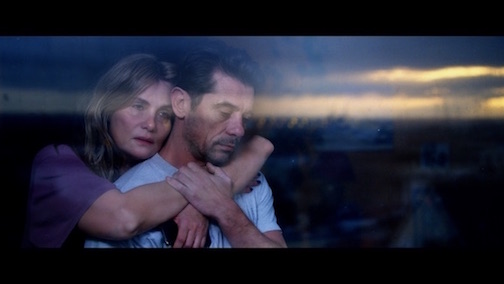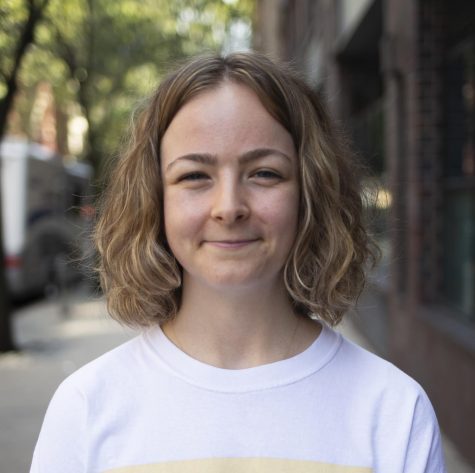Film ‘Heal the Living’ Weaves Stories of Loss and Chance

Katell Quillevere’s third feature film, “Heal the Living,” depicts the devastating affects of a car accident. The stunning juxtaposition of visuals portray the clashing of unrelated lives into one story.
April 12, 2017
The open expanse of an empty road transforms into the ocean’s soothing waves as the teenage boy behind the wheel, with two friends sitting by him, drifts off to sleep. Two of them are wearing seatbelts. One is not. The asphalt is obliterated and mutates into a growing wave. As the wave approaches, ready to consume the boys, the driver’s eyes open and the sound of metal colliding with metal lingers in the air.
“Heal the Living,” Katell Quillevere’s third feature film, portrays the emotional impact that a devastating car accident can have on complete strangers who never even cross paths with one another. Following their car crash during a surfing trip, 17-year-old Simon is left brain dead. His parents (Emmanuelle Seigner and Kool Shen) must face the painful task of choosing whether to donate his organs.
Through brief flashbacks, the audience catches glimpses of Simon’s life. In one scene, he rides his bike up winding streets and hills just to make it to the tram stop so he can surprise his would-be girlfriend, Juliette, with his devotion. The film does not show Simon much before the accident, but these quick breaks in the narrative make him into a vibrant human being, rather than just another body in a hospital bed.
On the other side of the film lies the narrative of Claire (Anne Dorval), a mother of two college-aged boys. Claire suffers from a degenerative heart condition and she and her sons are forced to witness the slow decline of her body. The result is a heart-wrenching story of loss and life’s often unexpected twists of fate, juxtapositioned with Simon’s tale to round out the film’s themes. The loss of a parent balances the loss of a child.
“Heal the Living” is heavily centered around medicine. Much of the film unfolds within a hospital, as the staff and doctors interact with each other and attempt to comfort patients and their parents. Thomas (Tahar Rahim) stands out as the doctor tasked with asking if Marianne and Vincent are willing to donate their son’s organs. Rahim plays Thomas with an exceptional feel for human emotion and the paralyzing sensation of loss. His sensitivity culminates in one of the film’s most touching scenes between Thomas and Simon.
Undoubtedly, the visuals are the film’s most remarkable feature. The contrast between the enormity of the ocean and the confines of the hospital showcase both Quillevere’s and cinematographer Tom Harari’s aptitude for exquisite subtlety. Simultaneously, the pair’s collective skills express the bleakness of the situation while instilling a droplet of hope and ensuring that the story will end on a positive note.
“Heal the Living” is a slow burn, but it is rare to find such a group of filmmakers and actors that depicts the hurt of untimely death and the fortune of second chances so well. The film surpasses its own expectations and invites the audience to experience the interconnections of entirely unrelated lives and their transformative stories.
“Heal the Living” opens on Friday, April 14 at the Quad Cinema at 34 W. 13th St.
Email Daniella Nichinson at [email protected].















































































































































